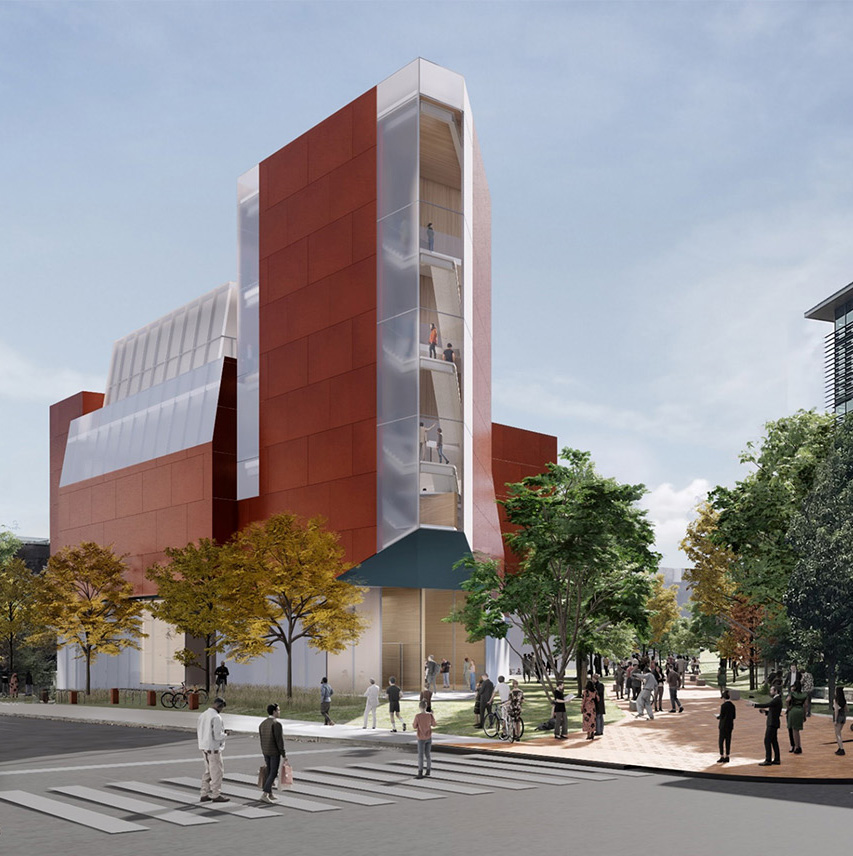A Comprehensive Summary of Building Styles and Their Influence on Modern City Planning and Advancement
Architectural designs have long offered as a mirror to the societal values and technological improvements of their time, playing an important function in forming modern-day city planning and advancement. From the magnificence of Neoclassicism to the utilitarian strategy of Brutalism, each style has actually introduced one-of-a-kind ideas that influence city looks and performance.
Historical Review of Architectural Styles
Throughout background, architectural styles have actually developed in feedback to cultural, technical, and environmental variables. Each duration mirrors the prevailing worths, beliefs, and improvements of its time, causing an abundant tapestry of layout that indicates human imagination and adaptation. The old worlds, such as the Egyptians and Greeks, developed foundational styles that highlighted proportion and proportion, offering both useful and aesthetic purposes.
As cultures transitioned through the Middle Ages, Gothic design emerged, characterized by its verticality and intricate outlining, matching the spiritual desires of the age. The Renaissance noted a resurgence of timeless ideals, merging art and design in cutting-edge manner ins which influenced succeeding designs across Europe.
The Industrial Change presented new products and building and construction methods, prompting activities like Modernism, which tested typical kinds and embraced simplicity and capability. The 20th century saw a diversity of designs, with Postmodernism reacting against the stark minimalism of its predecessor, incorporating historical referrals and diverse components.
Today, building designs continue to advance, driven by globalization and sustainability concerns, showing a dynamic interplay between heritage and innovation. This historical introduction highlights the value of design as a mirror of social advancement and as a driver for city growth.
Key Architectural Styles Explained
The diversity of architectural designs mirrors the myriad impacts that shape our developed environment, each symbolizing distinct characteristics and cultural relevances. Key architectural designs consist of Classical, Gothic, Baroque, Modernism, and Postmodernism, each standing for distinct historical contexts and visual viewpoints.
Classical architecture, rooted in ancient Greece and Rome, stresses proportion, percentage, and making use of columns. In contrast, Gothic style, prospering in the center Ages, is defined by sharp arcs, ribbed vaults, and flying buttresses, developing an ethereal high quality in cathedrals. Baroque style, arising in the 17th century, is noted by majesty, intricate ornamentation, and a vibrant interplay of light and shadow.

Understanding these designs provides insight right into the social narratives and technical improvements of their respective ages, highlighting just how style offers not equally as a shelter, yet as a representation of societal worths and ambitions.
Impact on Urban Preparation
In forming the growth of cities, building styles substantially affect metropolitan planning choices. More about the author The selection of architectural style often determines the visual appeals, performance, and general personality of metropolitan environments.
Additionally, architectural designs can impact zoning policies and land use policies. Urban organizers should consider the prevailing building trends when making areas, guaranteeing that brand-new growths balance with existing frameworks. This consideration cultivates cohesive urban landscapes and boosts neighborhood identity.
The application of details building styles can additionally influence socioeconomic aspects within a city. For example, premium contemporary layouts might attract wealthy locals and services, resulting in gentrification, while more budget-friendly real estate services could focus on useful and sustainable layouts to suit varied populaces. Inevitably, the interaction between architectural styles and city preparation creates dynamic cities that mirror both historical context and modern needs, forming the lived experiences of their residents.
Sustainability and Modern Style
Building designs play a critical role in dealing with contemporary challenges, particularly in the world of sustainability. As metropolitan areas broaden and environmental issues heighten, modern-day design significantly welcomes sustainable style concepts that focus on power performance, resource conservation, and marginal environmental impact.
Contemporary architectural activities, such as biophilic layout and environment-friendly style, advocate for structures that harmonize with their surroundings, using natural products and promoting biodiversity - cda architects. These designs typically include sustainable power resources, such as solar panels and wind generators, to reduce reliance on nonrenewable fuel sources and reduced carbon impacts
Additionally, the integration of innovative modern technologies, such as wise building systems, boosts energy management, optimizing resource use while guaranteeing occupant comfort. Ingenious water administration strategies, including rainwater harvesting and greywater recycling, further contribute to sustainable city atmospheres.
Notably, sustainability extends past ecological concerns; it incorporates social and economic dimensions also. By fostering area well-being and advertising inclusivity, modern building designs align with sustainable growth objectives. Subsequently, the development of architectural techniques proceeds to form resilient cities that not just fulfill the needs of today but additionally safeguard the future for generations to come.
Area Interaction in Style
Area interaction in layout offers as a crucial bridge in between designers and the populations they serve, making certain that the built setting mirrors the requirements and goals of its individuals. This joint process welcomes area members to contribute their insights and choices, fostering a feeling of ownership and obligation towards the spaces they live in.
Efficient neighborhood engagement employs various approaches, such as workshops, surveys, and public discussion forums, to collect diverse perspectives (cda architects). These techniques assist in a two-way discussion, allowing designers to understand local contexts while visit this site equipping citizens to articulate their problems and desires. This inclusivity not just improves the style top quality yet also promotes social equity by resolving the distinct obstacles encountered by marginalized teams

Final Thought
Building designs have actually exceptionally affected modern city preparation and advancement, showing evolving cultural and technical contexts. The assimilation of historic looks with modern needs promotes metropolitan settings that prioritize sustainability and neighborhood engagement. As cities read review remain to grow and adjust, the ongoing discussion between architectural heritage and contemporary style concepts will stay essential in creating inclusive, vibrant rooms that enhance lifestyle and advertise social equity. The future of urban development depend upon this harmonious balance.
Comments on “Explore Award-Winning Projects by Renowned CDA Architects”